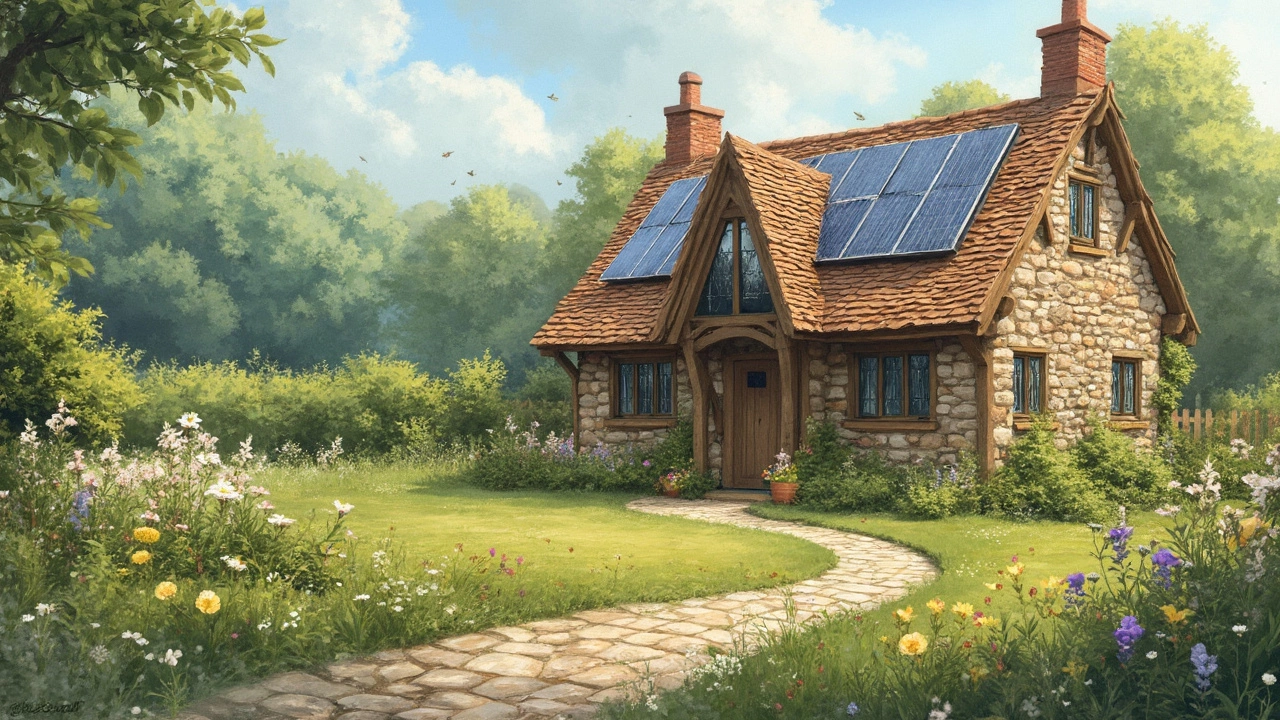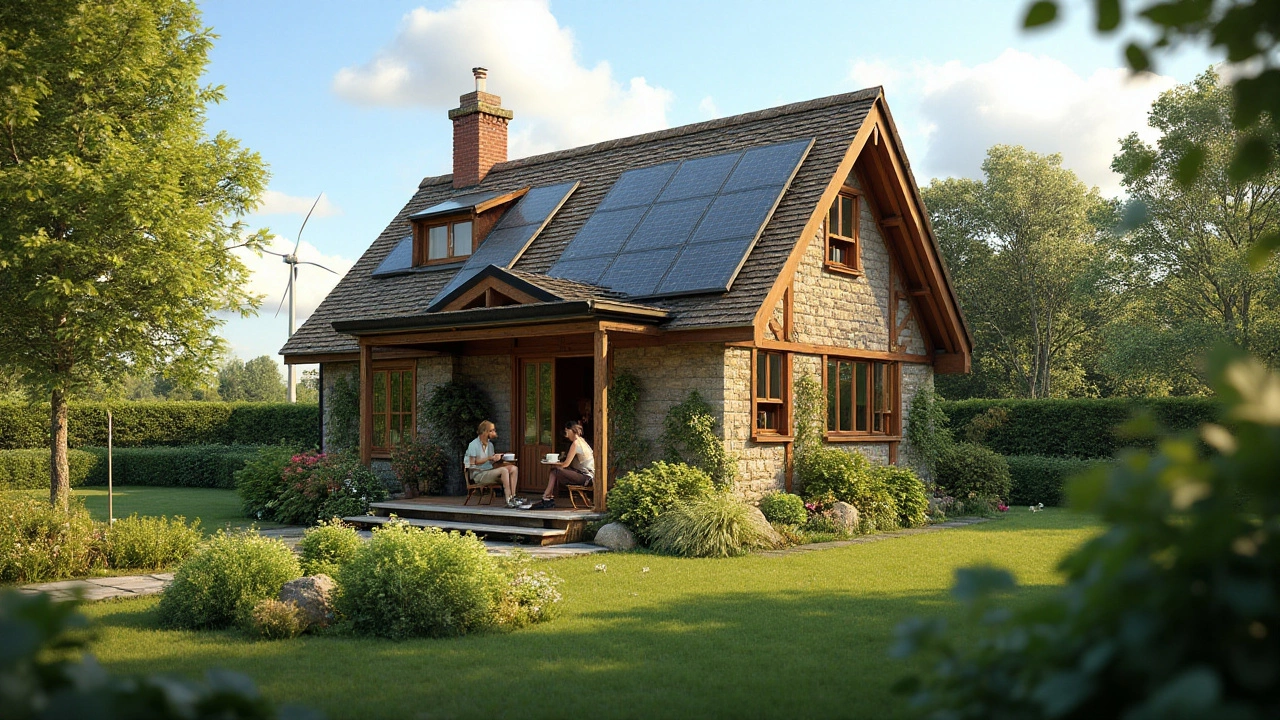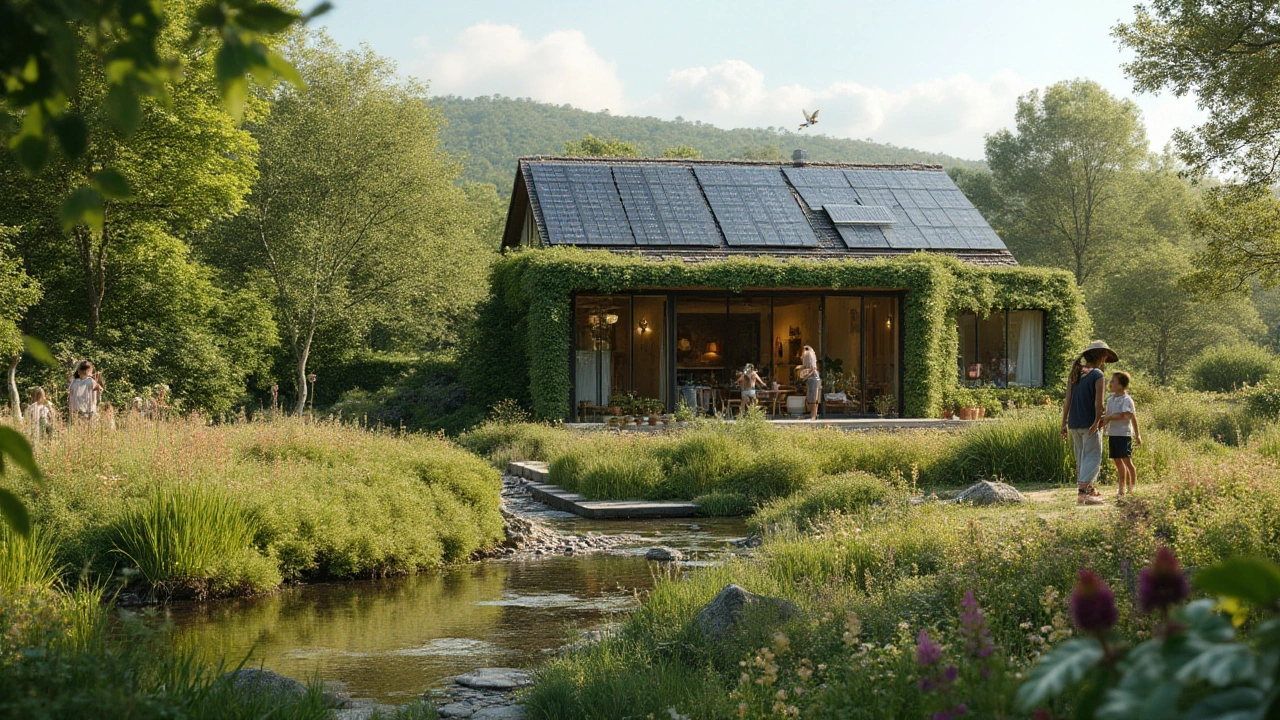Eco‑Friendly Homes – Simple Ways to Live Green
Thinking about a greener house? You don’t need a massive budget or a PhD in architecture. An eco‑friendly home starts with small, sensible choices that cut waste, lower bills, and feel good for the planet. Below are practical steps you can take today, whether you’re renting a cottage or building a new retreat.
Choosing Green Materials
What goes into the walls, roof, and floor matters a lot. Look for reclaimed timber, straw‑bale insulation, or recycled brick – they use less energy to produce and often last longer. Avoid cheap plastic composites and petro‑based foams; they lock carbon into the building for decades. When you shop, ask suppliers for certifications like FSC (Forest Stewardship Council) or BREEAM. Even a single eco‑friendly material can lower a home’s carbon footprint.
Saving Energy Every Day
Heating and electricity are the biggest energy users in most UK homes. Swap old‑style radiators for low‑temperature underfloor heating or install smart thermostats that learn your schedule. LED lights use up to 80% less power than incandescent bulbs, and they’re cheap to replace. If you have a garden, a small solar panel can charge outdoor lights or a garden pump. Simple habits – turning off appliances at the wall and using cold‑wash cycles – add up quickly.
Water conservation also counts. Fit low‑flow showerheads and dual‑flush toilets; they cut water use without sacrificing comfort. Collect rainwater in barrels for garden irrigation – a trick many eco‑cottage owners swear by. Fixing leaky taps right away saves thousands of litres each year, and it costs almost nothing.
Ventilation is another hidden hero. A well‑ventilated house prevents mold and keeps indoor air fresh, reducing the need for heating. Mechanical ventilation with heat recovery (MVHR) pulls in fresh air while reclaiming heat from the outgoing air. It sounds high‑tech, but many new builds include it as a standard eco feature.
If you already own a cottage, start with a quick energy audit. Walk through each room, note where heat escapes, and prioritize upgrades. Insulating the loft is often the cheapest win – a few inches of loft insulation can cut heating bills by up to 30%.
Beyond the house itself, think about how you get around. Secure bike storage, electric car chargers, or a nearby public‑transport link can reduce travel emissions. Some eco‑friendly communities even share solar‑powered electric scooters for short trips.
Going green isn’t about perfection; it’s about progress. Pick one or two changes each month, track your savings, and celebrate the results. Over time, those tiny steps add up to a home that feels comfortable, costs less, and leaves a lighter footprint on the planet.


